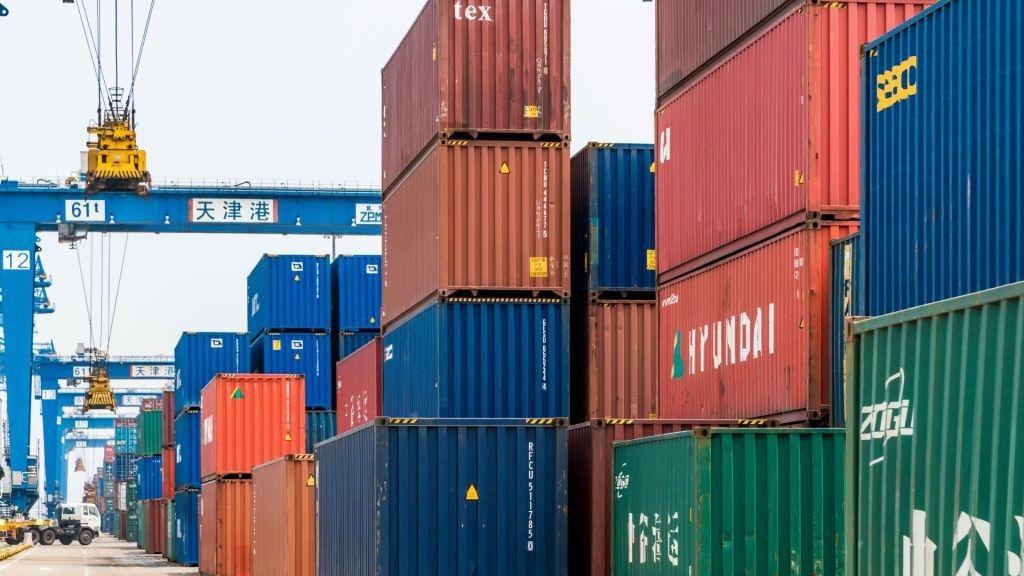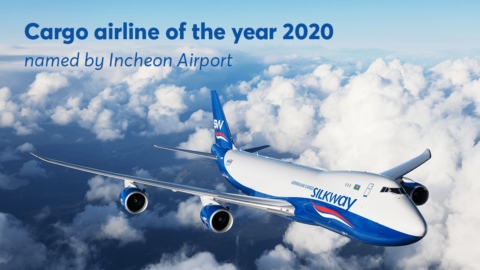After two weeks since Russia’s invasion of Ukraine, there seemed to be a negligible impact on the container prices and leasing rates in China but the surge in COVID-19 cases combined with lockdowns could further disrupt struggling supply chains, according to Container xChange, a global marketplace for containers.
The online marketplace in a press communique mentioned that container availability had improved soon after the Chinese New Year until Friday (11 March) across key ports in China. However, the announcement of nationwide lockdowns could impede the flow of container movement as importers worldwide prepare for the coming peak season later this year.
At the port of Ningbo, average prices for a 40 feet high cube container fell by 10 per cent approximately from US$5,930 on 14 February to US$5,329 on 27 February. As of 10 March, these prices stood at US$5,248. Similarly, average prices fell by 10-15 per cent at the ports of Shanghai, Qingdao and Shenzhen till 11 March. Shenzhen witnessed a drop of 8 per cent in the past two weeks.
However, the lockdowns in Shenzhen, Zhejiang, Shanghai, Jilin, Suzhou, Guangzhou and Beijing (19 provinces as of Sunday, probably more to come in a few days) imposed now will clearly heavily restrict container movement at these ports which will, as seen in the past, prove to be further damaging for the global supply chain.
Johannes Schlingmeier, Co-founder and CEO, Container xChange had said, “Freight rates and container prices were already at a record high even before the invasion started and what happened immediately due to the war is that the Russian ports were not being called by the national shipping lines anymore, the black sea being somehow closed, and the Asia European railway being quite hit by this.”
“The immediate impact of this on the overall supply chain has not started to show up. Not ignoring the fact that the Russian importance on global trade is not big enough for the containerised cargo to really disrupt the supply chains.”
“We see on the other side, the container prices at record highs, containers piling up and a massive shortage as well. This is a result of many more other disruptions over the past two years since the pandemic started.”
Schlingmeier said lockdowns in China will further reduce capacity and cause a surge in already inflated shipping prices with the shockwaves being felt across the world.
The average prices of containers have declined by an average of 10-15 per cent since February for 20 feet dry containers. The average prices for 40 feet high cube containers have increased slightly at the port of Shanghai, while declining at Ningbo and Qingdao since January up until the second week of March.
“In the immediate future, the closure of the Asia- European railway (which only accounts for roughly 2.5 per cent of Asia-Europe cargo) will cause the high-value cargo to be pushed to ocean freight which is already low in capacity. This will put more pressure on the already struggling supply chain. Adding on top of this, China’s lockdowns will be nothing less than a major shockwave to an already crippled supply chain,” the statement cautioned.
According to the report, China could emerge as a buyer for Russian crude which could help alleviate some of the current global supply concerns as the EU could in turn buy more from the Middle East.
With the COVID outbreaks and subsequent lockdowns, any expected surge in trade due to China buying Russian crude and EU buying Middle Eastern crude, will slow down at least for some weeks/months.
The CAx (Container availability index) for two of China’s major ports (Shanghai and Ningbo) is expected to increase further at a rather fast pace from around the 0.6 mark in the second week of March, meaning more inbound containers than outbound.
“It is unusual for this Asian behemoth that normally exports more than it imports – exhibiting the persisting bottlenecks of its trade routes and the bottlenecks that will inevitably emerge from these lockdowns,” the statement noted.
Meanwhile, container lines trading on Indian markets have been working urgently to bolster empty equipment levels, but are now becoming concerned about the impact of sailing disruptions fuelled by fresh COVID lockdowns in China.
Most empties returning to India have historically arrived on intra-Asia trade routes, with China-origin containers leading that play, but Indian executives at major carriers have begun to send out cautionary signals.
They warn that if the lockdown in Shenzhen (and, reportedly, many other provinces) prolongs and extends into other regions, there would be serious pressure on vessel flow already operating with all-time low schedule reliability.







